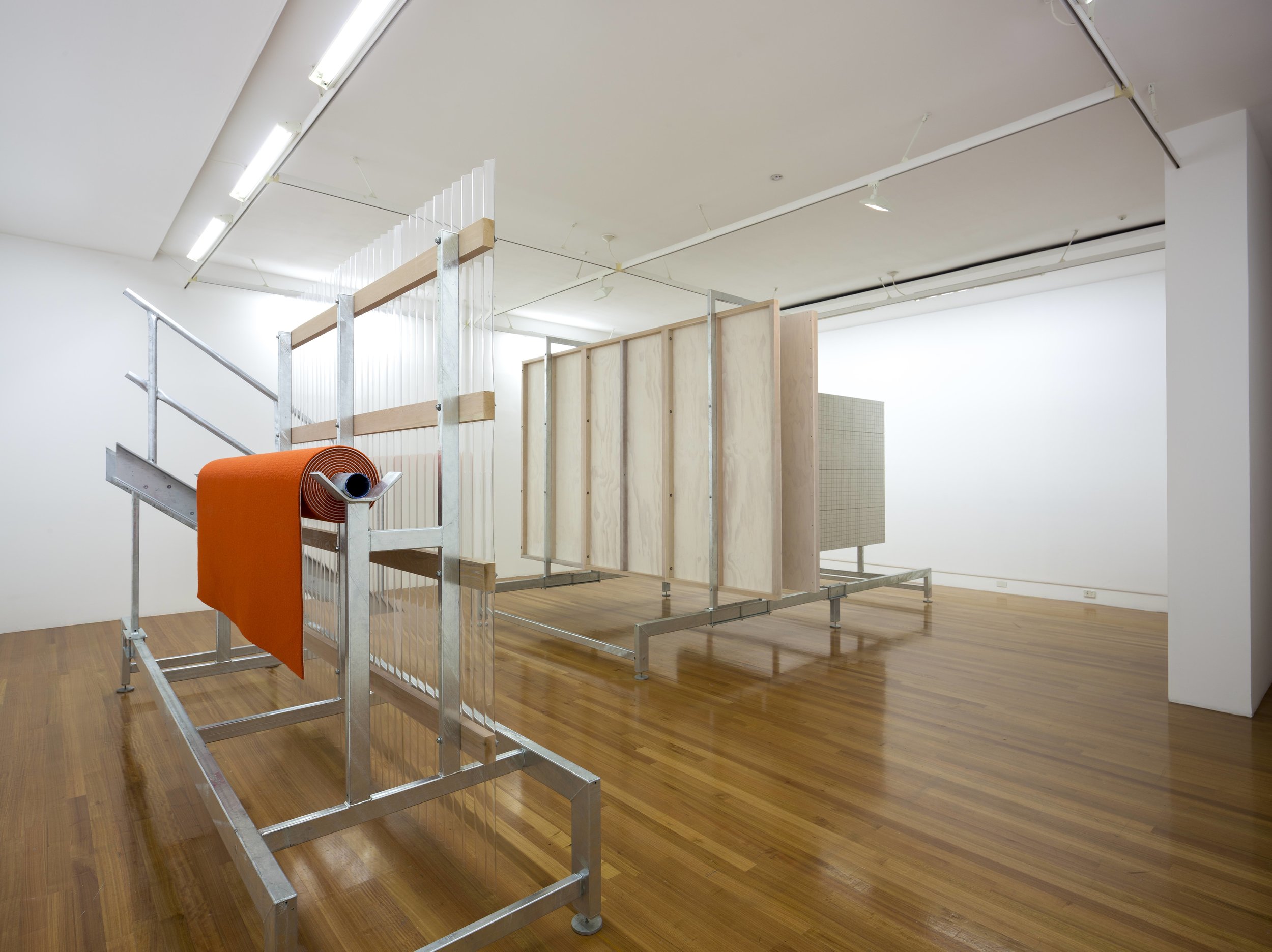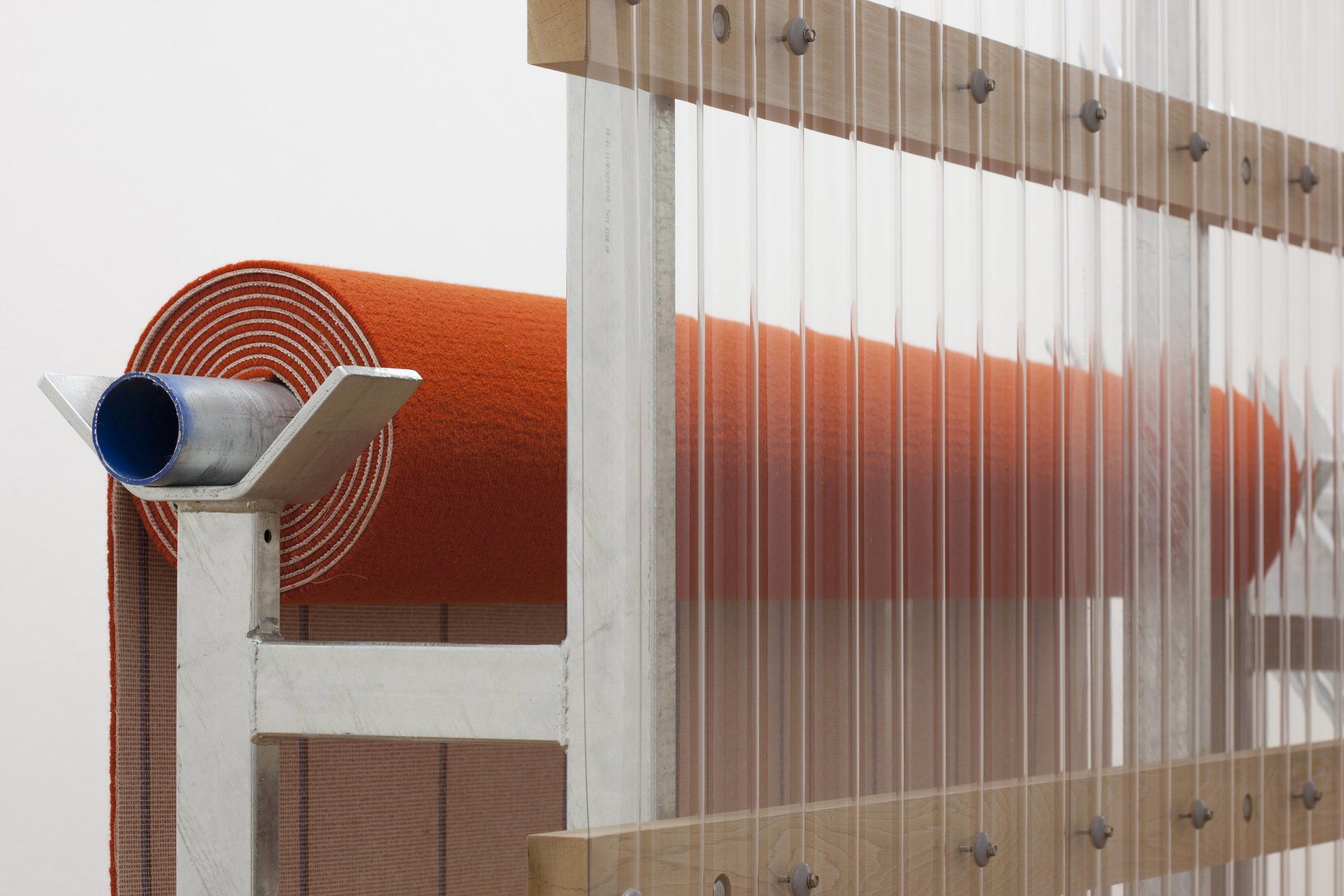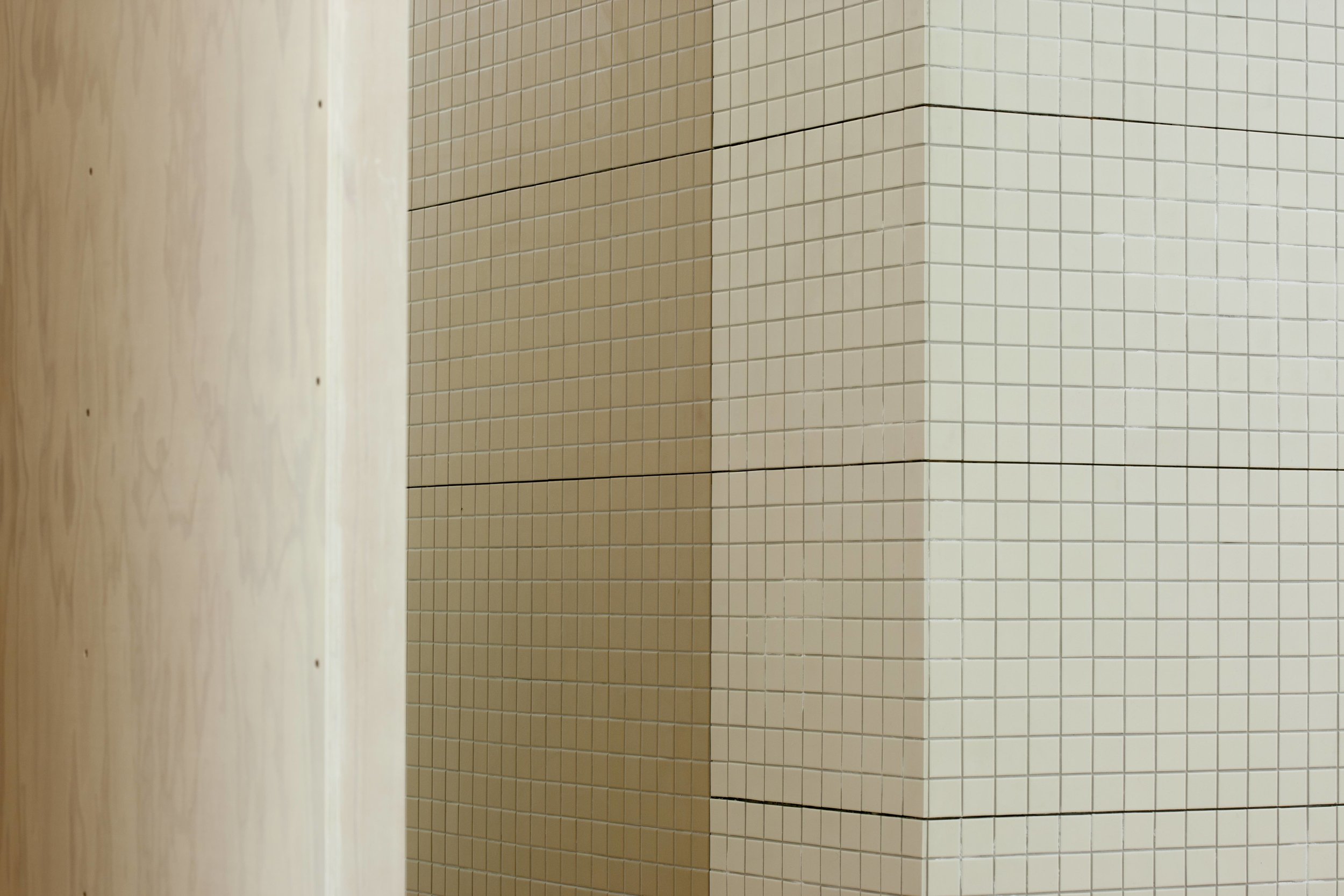Derrick Cherrie: Constituent Parts, Objects and Their Discontents
26 May 2012 - 29 July 2012
Te Tuhi is proud to present Constituent Parts: Objects and Their Discontents, a new large-scale temporary public sculpture and exhibition by Auckland-based artist Derrick Cherrie. Cherrie has exhibited extensively throughout New Zealand and is regarded as one of the country's leading contemporary artists. Key to his practice is an investigation into the psychology of the built environment and the socio-political forces that shape urban life. Since the early 1990s, Cherrie's sculptural works have ranged from large quasi-architectural constructions to smaller hybridised furniture-like forms. Through such works, Cherrie attempts to destabilise notions of 'normality' by creating forms that share uncanny resemblances to every-day objects but are unusually shaped to resist conventional function. These artistic precepts are evident in works such as Studio (2001) commissioned by Te Papa Tongarewa, Museum of New Zealand, and Surface Tension (1989), collection of the Govett-Brewster Art Gallery.
For Te Tuhi, Cherrie continues this investigation by installing his largest and most ambitious project since Te Papa's Studio.Constituent Parts: Objects and Their Discontents features a series of sculptural works that draw on the material qualities and forms of conventional architecture but in a way that directs a range of uncertain spatial experiences. The main feature is Landshaft, a large two-story high temporary public sculpture, in the parkland in front of Te Tuhi, that resembles a modernist style commercial building. As the viewer moves around the sculpture its form appears more indefinite as a solid building. Too narrow to allow comfortable human habitation, the sculpture is constructed to entice passerby curiosity but also to inject an element of abnormality into the surrounding built environment.
The accompanying exhibition contributes similar notions of architectural ambiguity. The exhibitionfeatures an installation of miscellaneous building materials unified on a large steel structure that takes over Te Tuhi's largest gallery space. Together, the sculpture and exhibition attempt to disrupt the material and experiential coherence of the built environment so that the complex socio-political and economic ideologies of their making might be questioned.
This project is funded by the National Institute of Creative Arts and Industries, Auckland University.
Press:
Review by John Hurrell for Eyecontact
Review by T.J. McNamara in the NZ Herald













